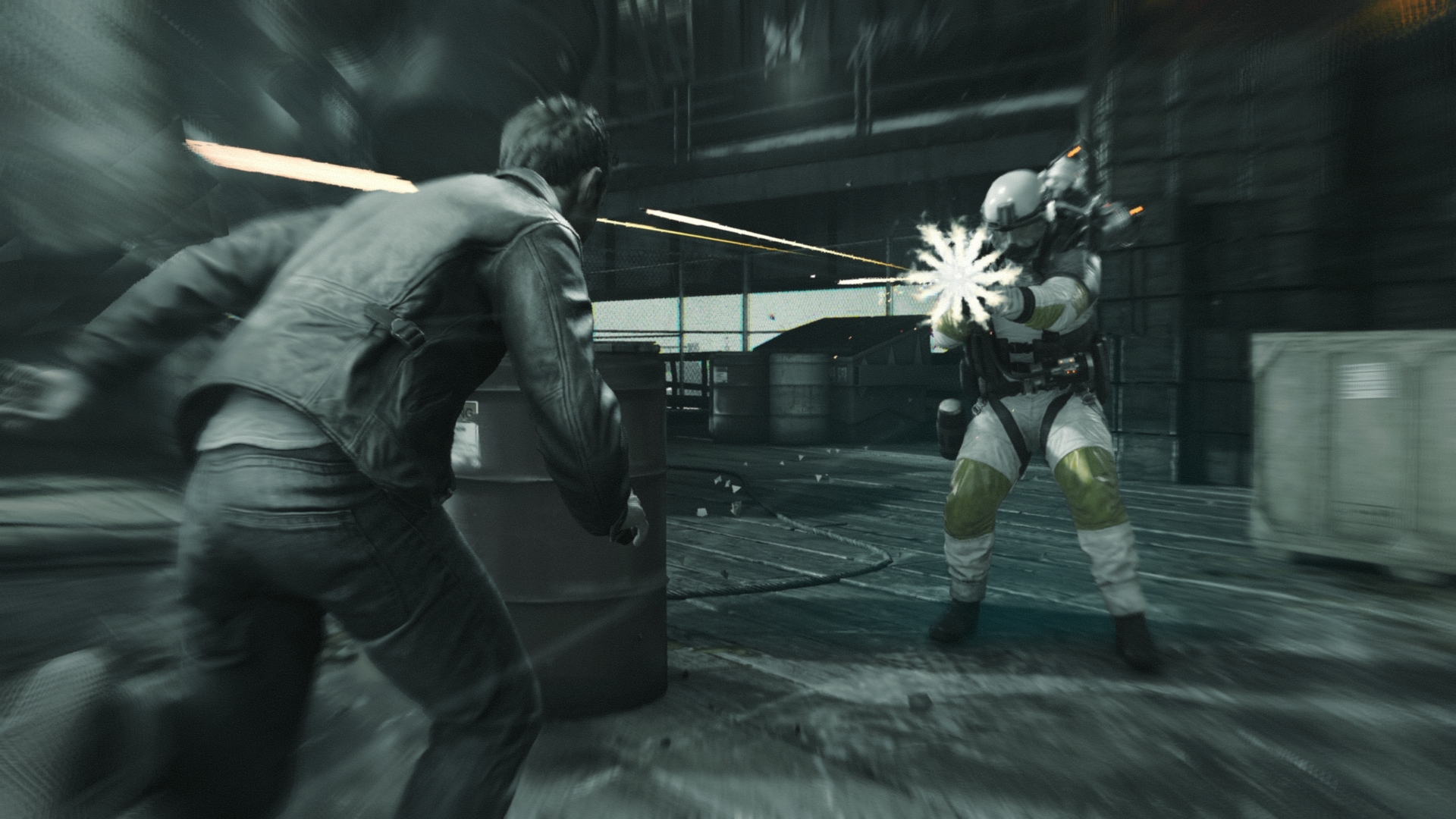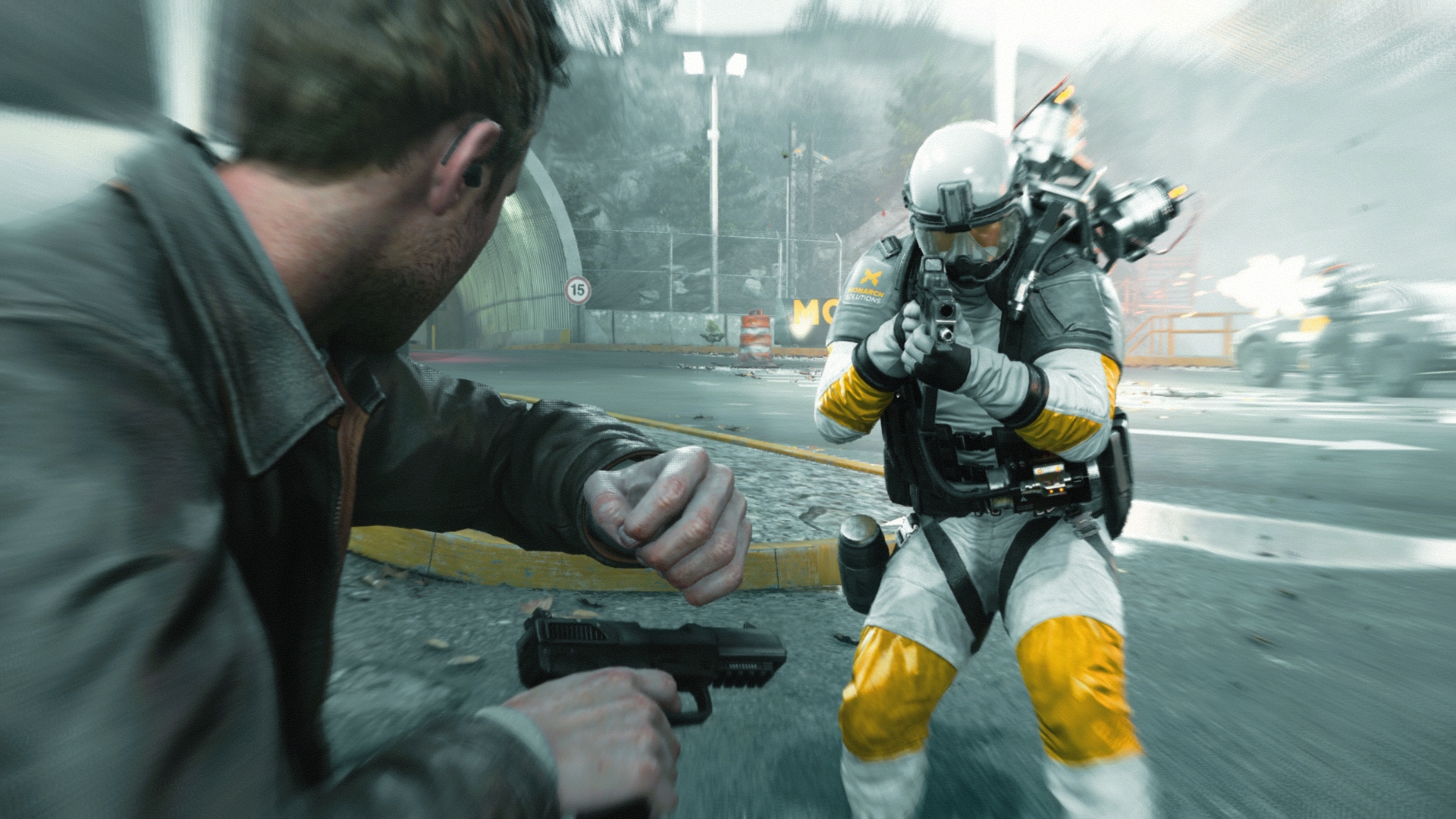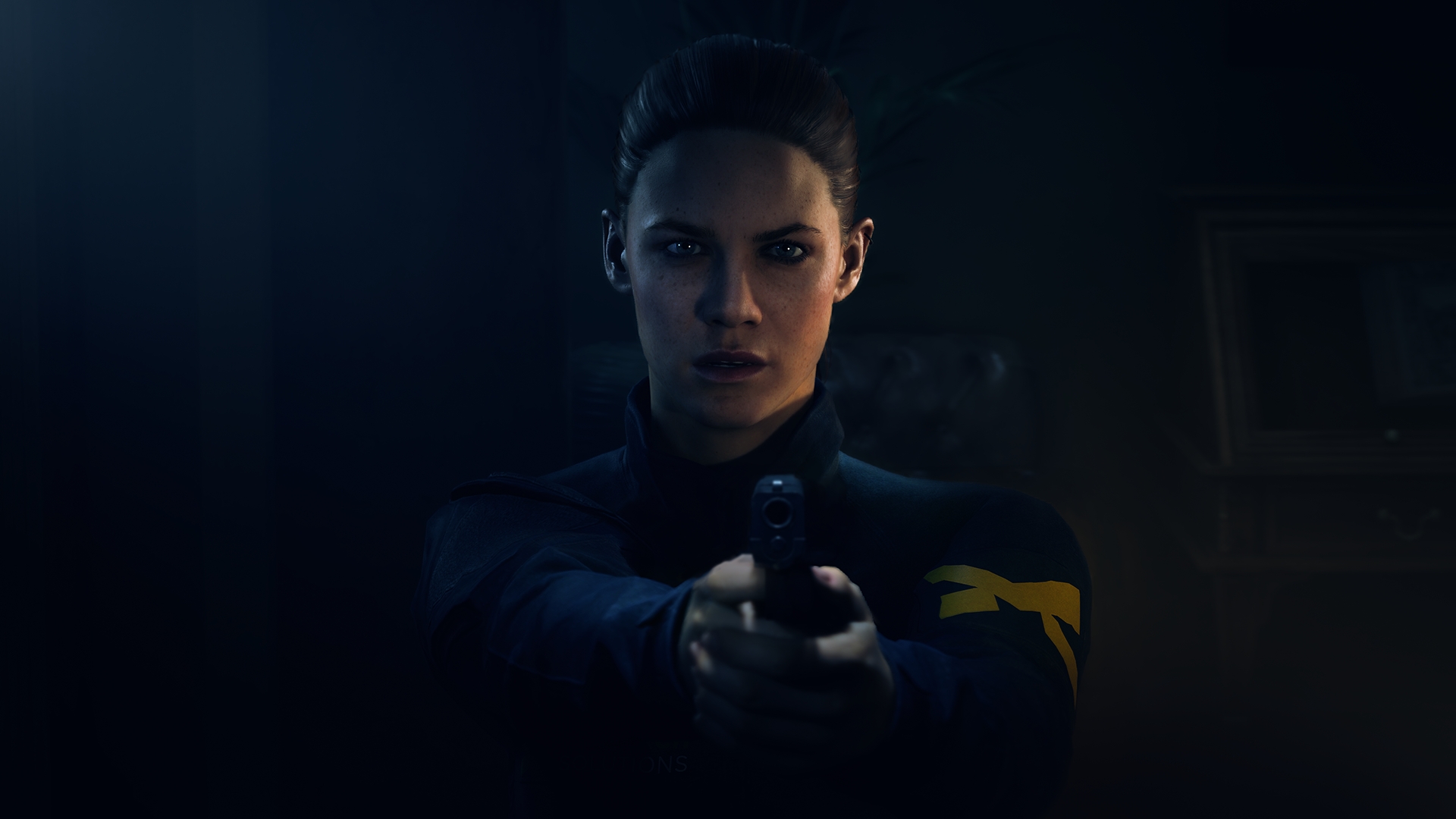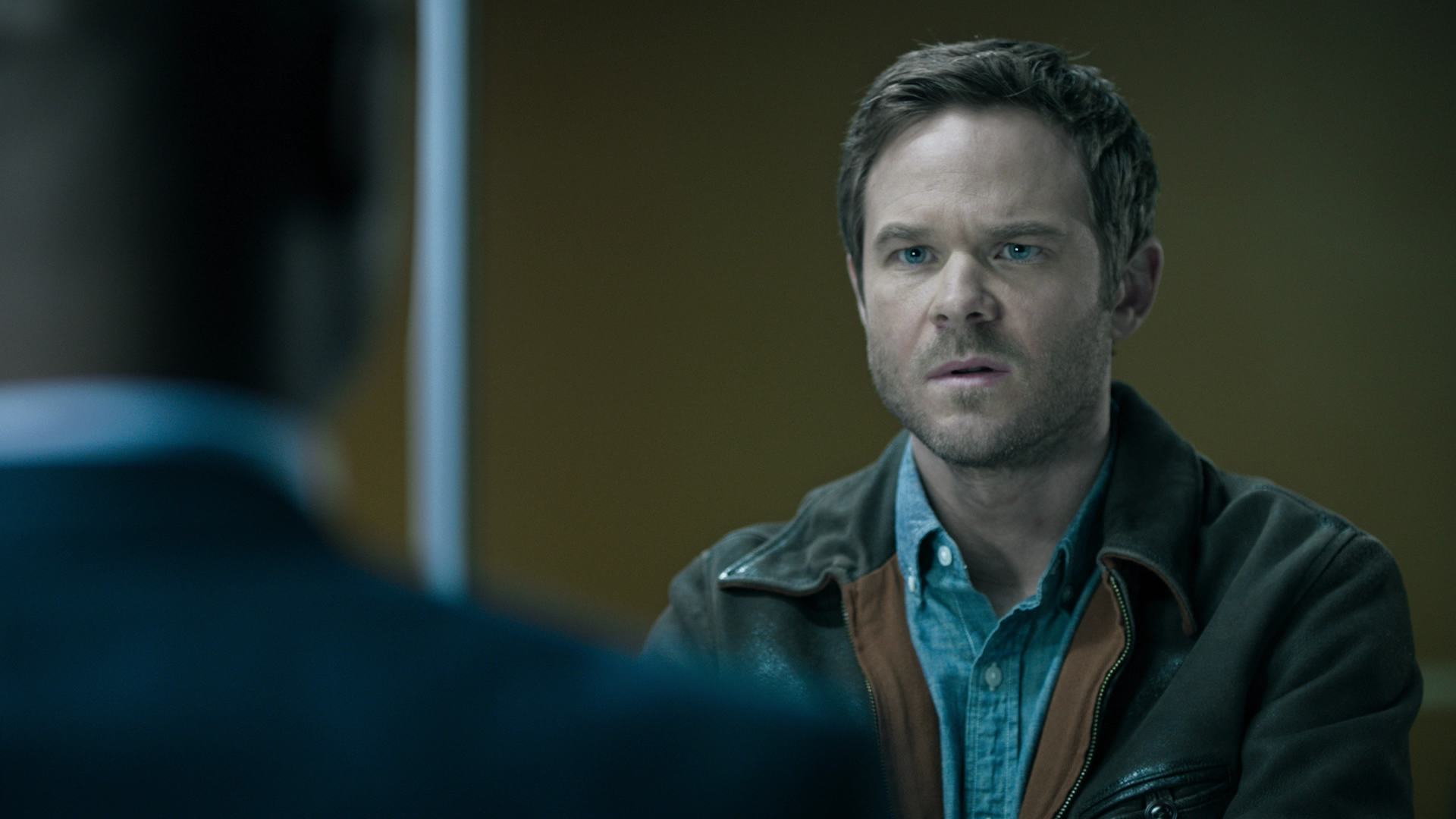
Conventional knowledge indicates Microsoft and Remedy’s Quantum Break should have been a complete disaster, especially considering the game’s various delays – but it isn’t. In fact, some critics are saying that Remedy Entertainment’s latest release could be one of the first sleeper hits of 2016.
Even though the game’s experience is far from perfect, it seamlessly blends a narrative-driven third-person shooter and a live-action television show in a way that has never been accomplished before. Without giving too much of the game’s plot away, it follows the story of Jack Joyce — portrayed by Canadian actor Shawn Ashmore — on his journey to save the world before time as we know it no longer exists.
Joyce has the ability to use various time-bending attacks such as the Time Blast, as well as reverse the direction of bullets, a power that is similar to what has been featured in Remedy’s past releases like the first two entries Max Payne series. Though on the narrative side of things, Quantum Break has more in common with the narrative-focused Alan Wake than some of Remedy’s more action-oriented titles.
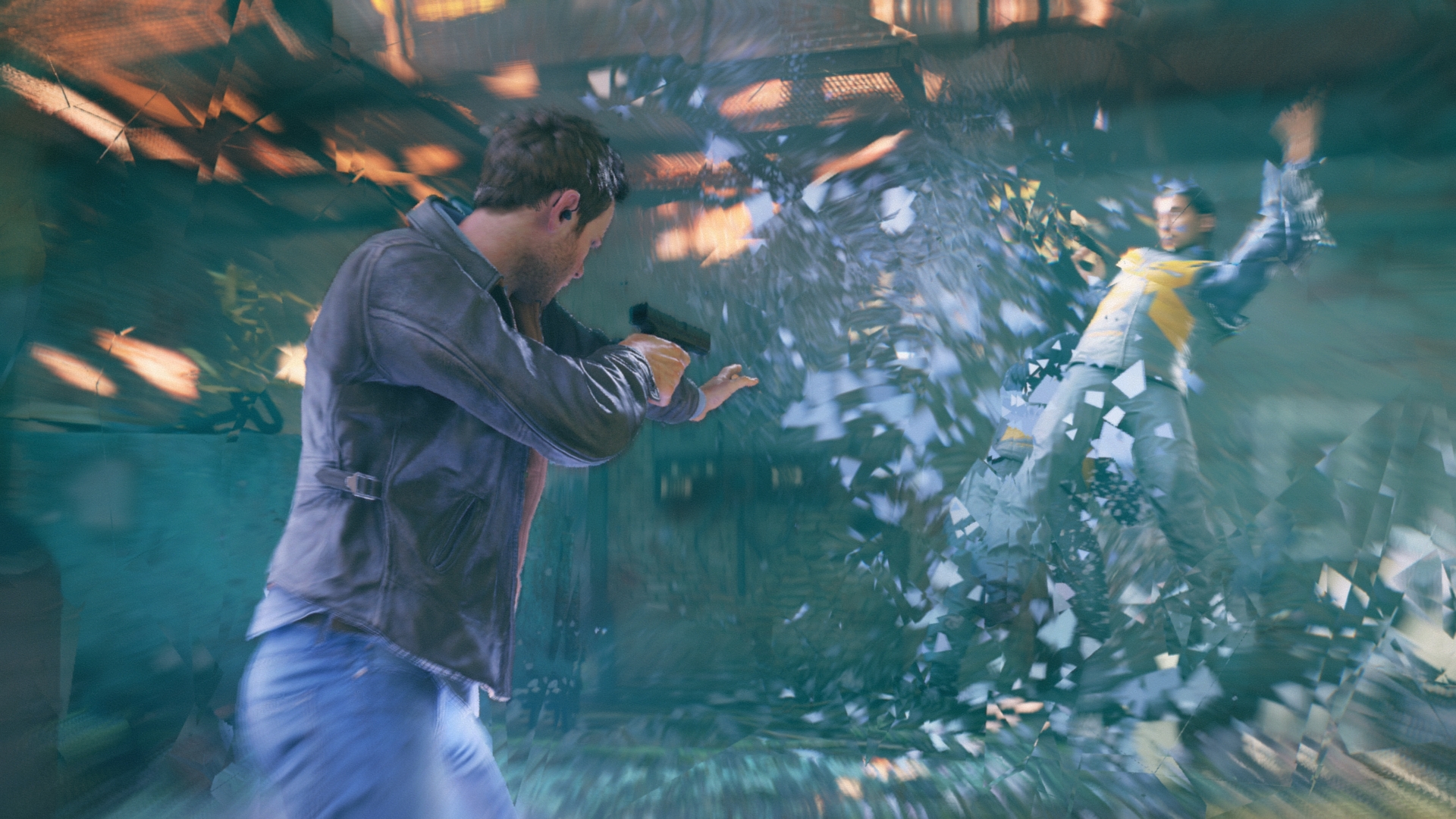
We sat down with Ashmore, who is probably most known for his role in the X-Men series as Iceman, as well as for starring in the television show adaptation of Animorphs (well, to me anyway) and discussed what it was like to star in his first video game.
Q: To start things off, I was wondering if you could talk about your character a little bit? I’ve read that he has a conflicted past.
Shawn Ashmore: My character’s name is Jack Joyce. When we find Jack, he’s sort of on the back foot. He’s been away, he’s been traveling. He’s been running away from his life a little bit, so automatically it was interesting for me to have him be reunited with his best friend Paul Serene, and sort of come back for this experiment.
Paul has made a big deal out of it, they were partners in crime when they were younger. He obviously doesn’t really know what he’s getting involved with. When he steps into this college campus he has no idea what’s going to happen and Paul sort of ropes himself into this experiment they’re working on. Without giving too much away, it goes awry.
Jack is sort of an everyman. He’s got a bit of a past and he can handle himself, but he’s not a super hero or anything like that. We sort of joked that this is Jack Joyce’s origin story. He’s given these powers and forced into a role he doesn’t want to be in.
Q: Did you have any input regarding the character’s direction?
Sean Ashmore: I got the chance to go to Helsinki, Finland to meet with Sam Lake and the Remedy team before we started. They obviously had a script and they had the broad strokes of the story. But I think, like most creative processes, there is a collaboration. They had some very strong ideas about Jack and they were more telling me about Jack before they even gave me the script…
When they started with the relationship with Will, that’s sort of where I got fired up and started thinking like, I have a brother, and if you have a sibling, you sort of have specific relationships and things you can relate to. Those ideas started firing and it was like, I would fight with my brother about this, and I really resented when something like this happened.
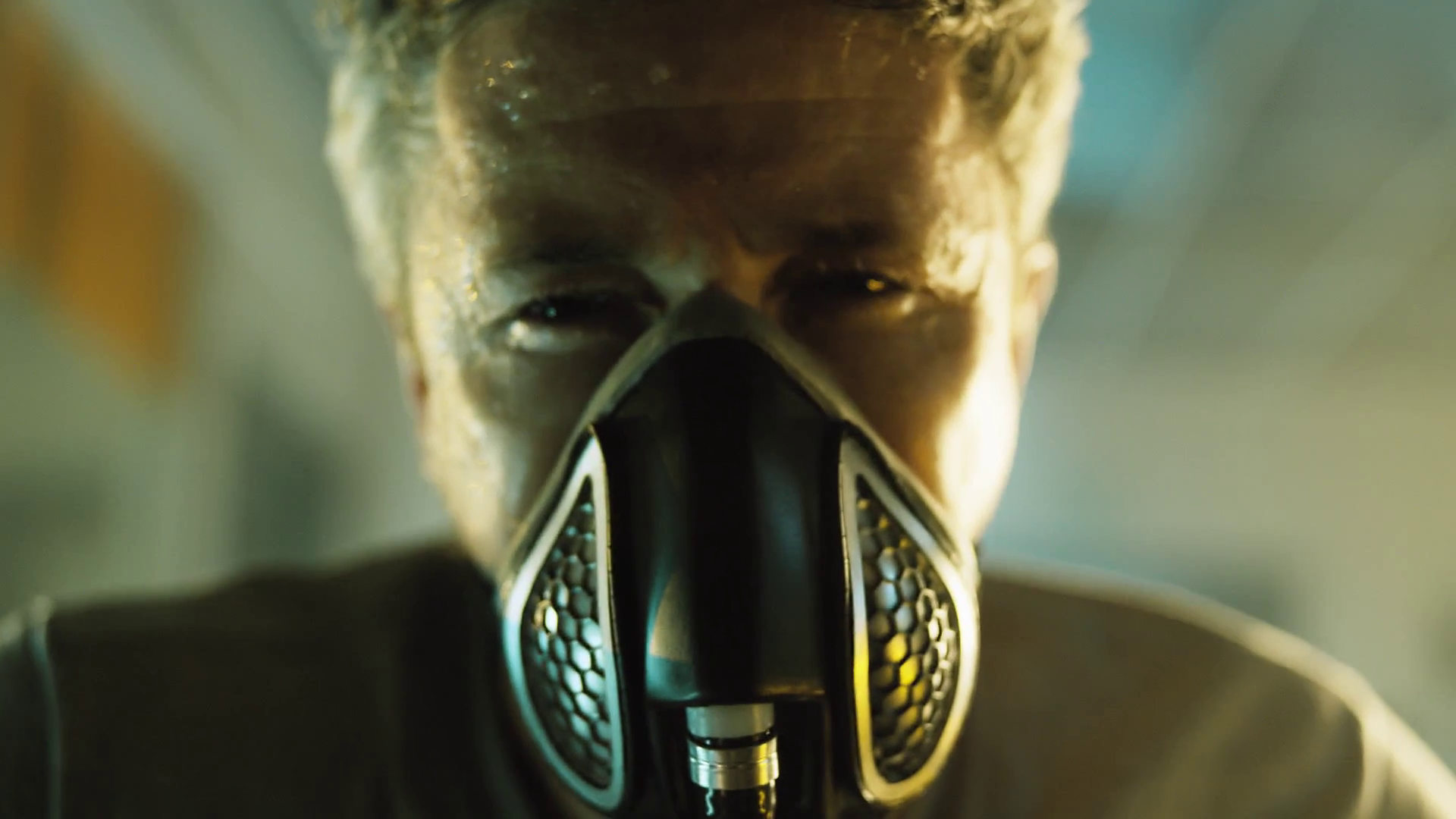
You just have these personal experiences and I sort of latched onto Jack when we started thinking about those things. We were writing ideas and they were very open to directions that I had. That’s what really excited me. I knew that Remedy was heavily character driven and story driven, but they were really interested in the performance as well…
They were really great about being very collaborative, and that was on set as well. One of the writers was always on set with us in Los Angeles when we did the motion capture, and some times, I knew exactly what they wanted, but a line wasn’t quite right for me, and he would say “what do you need?”
So if it didn’t change the tone of the meaning of the scene, he was very “what do you want to say, what do you think will make this work?” It was great to have a writer there willing to make changes.
Q: Was this collaborative process similar to what you’ve dealt with in terms of past projects?
Sean Ashmore: You know, the big blockbuster stuff, and even network television, it’s a little more structured, because there are all these gatekeepers. So the studio is approving the script and the network is approving the script. So if you want to make changes, usually they’re okay with it, but it’s a time issue.
So it’s a little more similar to working on an independent film where everybody is on set. It’s all immediate, it’s like okay, we’re all here to make those changes together.
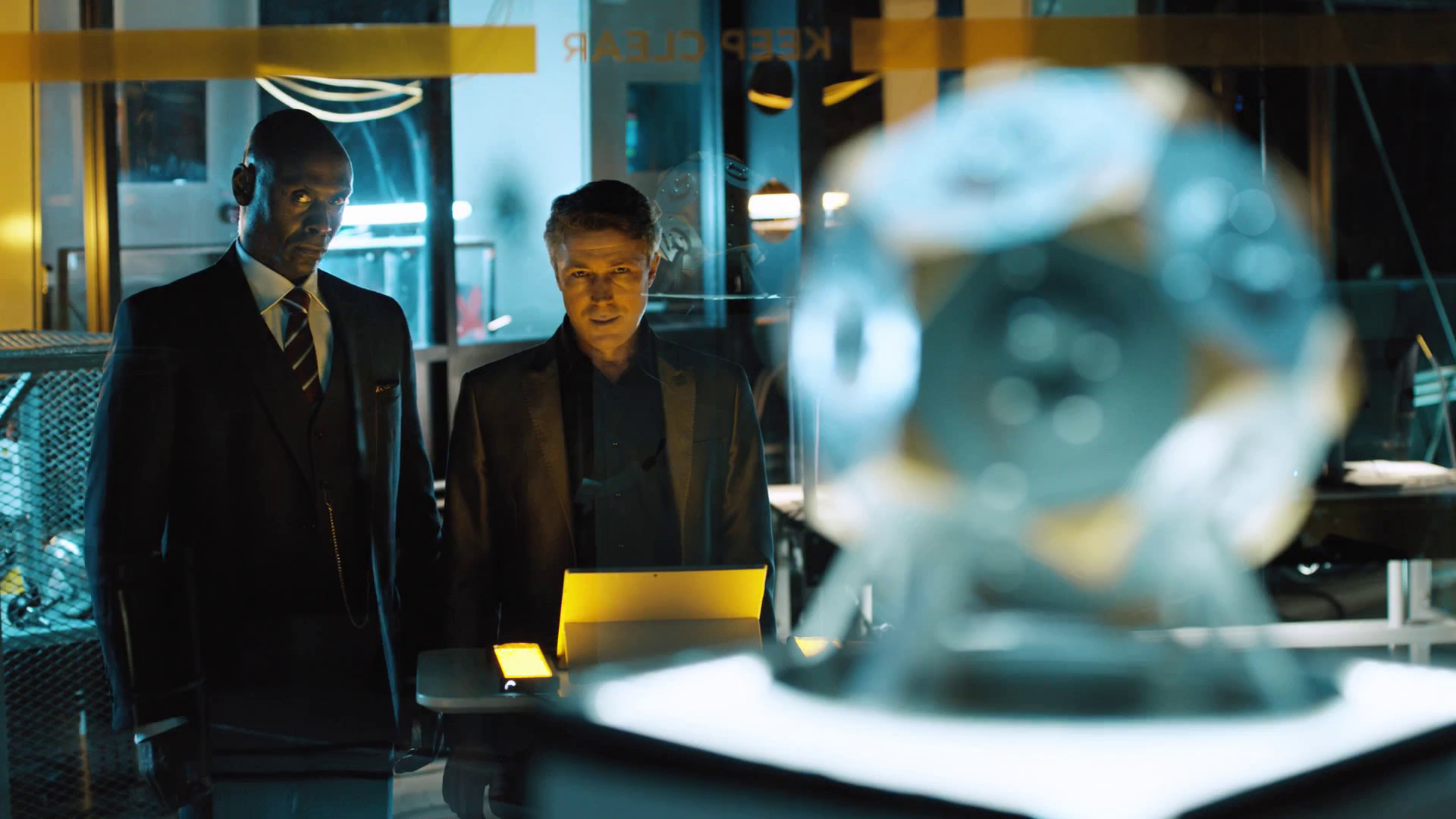
Q: In terms of Quantum Break, what was the creative process like for you? Would you say it’s comparable to working on other projects?
Sean Ashmore: You know the big difference I think is really just how you capture the data. I approached the character the same way I would with a TV or film, but I think Remedy wrote the same way that you would write those mediums. Obviously there’s a different narrative style in the video game as opposed to the live action show, and I think that was the real challenge.
If you’re playing with a character. The player is Jack Joyce. You never leave Jack Joyce when you’re playing the game essentially, except for the Junction moments. For me as an actor, it was hard because there’s all this exposition.
For example, Jack gets lost somewhere and you have to talk the player through it. And I was like “that’s not realistic, you wouldn’t say that out loud to yourself.”
So I found that challenging, but our director would explain to me, “The player is lost, we need to get them back on track so you have to say something.” It felt false to me until I played the game a few weeks ago and I got lost and Jack muttered something out loud and I was like “wow that totally makes sense.”
What else was different was we shot the game over two years, so I feel like I’ve been involved with the project forever… You shoot for two weeks and they animate, they cut, and then three weeks later you go back.
Q: Was the motion capture simultaneous? I know this is becoming the more common practice, but it isn’t always the case.
Shawn Ashmore: What we did was we did the traditional motion capture with the suits and these head rigs with two cameras. So we did that and got the facial capture and the motion capture all at once. But Remedy had its own proprietary system in Helsinki for the really high data capture.
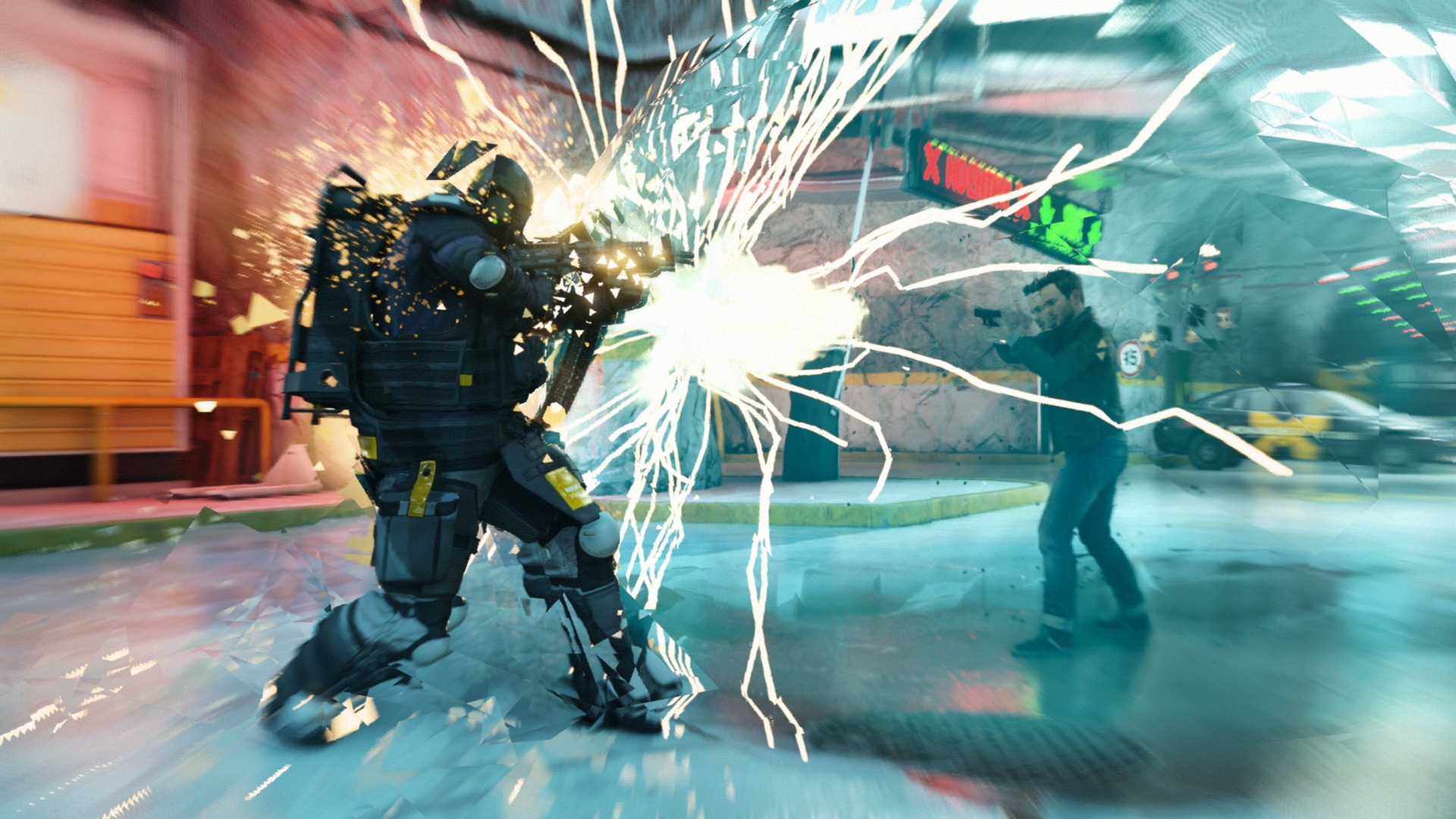
When I first saw the images, because they would send stuff for approval, I could see every pore, every wrinkle, and I was like, “you guys could smooth some of that out you know?”
What we would do is record the scenes together in Los Angeles and then we would go to Remedy and we would rerecord the scenes all over again, but I would then have a guide track. So I would have a guide track of Dominic Monaghan’s performance even though he is not there.
But I could watch him and act off the screen seeing what he did. It was very challenging to recreate the scene, but I felt it was sort of nice because if I did’t like how I delivered a line, I could fix it..
Q: Was seeing a super accurate digital version of yourself in a video game a weird experience?
Sean Ashmore: It’s really bizarre. It’s so different from watching a film because film is a passive experience. You’re sitting there and the story is unfolding and you don’t have anything to do with it. You just have to watch. The weird thing is making decisions looking like you and putting yourself in danger, or making decisions on someone’s future as you like, “shoot, am I going to help this person or am I going to not help them.”
It’s also very cool. It’s unbelievably exciting to see the technology come together. And honestly, I think the thing that’s exciting about Quantum Break is the combination of this video game live action, and the fact that the technology is there where it’s not jarring. You couldn’t do that before.
Q: So on a total side note, did you actually grow up in Brampton (your Wikipedia page says you did). I also grew up in Brampton, so naturally, I wanted to bring that up in this interview.

You know what’s crazy, I’ve run into like several people from Brampton in town since I’ve been here (visiting in Toronto). Aaron and I were born in Vancouver, but when we were a couple weeks old we moved to St. Albert, Alberta. Then when we were 10 we moved to Brampton. So I went to some of elementary school, jr. high and high school in Brampton. I actually went to Turner Fenton high school.
The Dairy Queen on Queen street, I remember that. We used to skateboard at city hall. We’d skateboard from Peel Village all the way up Queen Street. There is a Dairy Queen and a Burger King right there. The Brunswick Bowling alley is downstairs at the old Brampton Mall.
Quantum Break is set to release April 5th, 2016 exclusively for the Xbox One and PC.
This interview has been edited for language and clarity.
Related reading: This Week in Gaming: Fire Emblem Fates – Nintendo’s 3DS finds its latest essential title
MobileSyrup may earn a commission from purchases made via our links, which helps fund the journalism we provide free on our website. These links do not influence our editorial content. Support us here.

